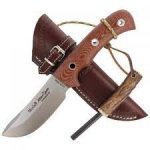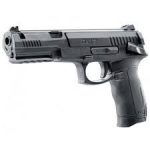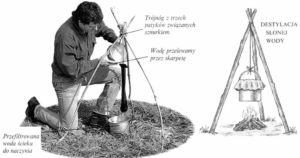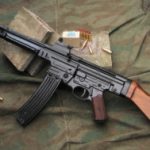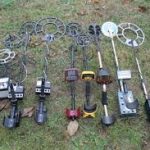Jak wybrać lornetkę?
Planując zakup lornetki przede wszystkim powinniśmy zastanowić się jakie będzie jej zastosowanie. Tylko w takim wypadku zakupiony przez nas sprzęt optyczny będzie mógł posiadać najbardziej korzystną kombinację cech, które bierzemy pod uwagę.
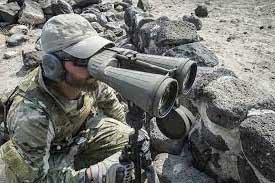
Najważniejszymi cechami determinującymi działanie lornetek są powiększenie, waga, wymiary, stopień jasności obrazu, pole widzenia i jakość optyczna. Poza tymi wszystkimi atrybutami nie można oczywiście zapomnieć o cenie.
Podstawowymi cechami każdej lornetki, najczęściej zresztą używanymi w opisach w postaci 2 liczb przedzielonych znakiem “x” to powiększenie i średnica obiektywu w milimetrach (soczewek przednich lornetki), inaczej zwaną aperturą, przykładowo 20×60 co oznacza, że lornetka posiada powiększenie dwudziestokrotne, a średnica obiektywu wynosi 60 mm. Takie lornetki są bardzo popularne w naszym kraju. Przy takim samym powiększeniu, większa apertura daje jaśniejszy obraz. Ważne to jest szczególnie w przypadku optycznego sprzętu astronomicznego, głównie teleskopów, ale także podczas obserwacji w niezbyt korzystnych warunkach oświetleniowych, przy zmroku i ograniczonym oświetleniu.
Dodać należy, że im większa jest średnica obiektywu, tym większe będą rozmiary kupowanej lornetki, a im większe mamy powiększenie tym bardziej obraz może być niestabilny, a naturalne drżenie rąk będzie utrudniać obserwacje. Warto też zwrócić uwagę na wagę lornetki, właśnie po to by zminimalizować omawiane przed chwilą drżenie kończyn górnych naszego ciała.
Kupując lornetkę możemy brać pod uwagę różne jej przeznaczenie. Bardzo często lornetki używane są typowo podczas podróży, tu jakieś ładne góry, tam płynie jakiś statek, ciekawe jak wygląda z bliska ta kopuła katedry… Dobrze by taka lornetka była niezbyt dużych rozmiarów, jej waga była mała i byłaby przy tym wodoodporna i odporna na wszelkie wstrząsy. Odpowiednią lornetką dla takiego zastosowania będzie któraś z lornetek o powiększeniu 8-10 i aperturze (patrz poprzedni artykuł) kształtującej się w granicach 24-40 mm.
Jeżeli z kolei chodzi o obserwację przyrody (np: ptaków) to warto zainteresować się lornetką o 8-krotnym powiększeniu oraz stosunkowo wysokiej aperturze 35-40 mm. Niezbyt wielkie powiększenie pozwala wyeliminować problemy związane z drżeniem rąk, poza tym lornetki tego typu można bezproblemowo zmieścić w plecaku. Dosyć duża apertura pozwoli nam na wygodne obserwacje w czasie zmroku i w ciemnym lesie. Niekiedy udaje się nam zbliżyć bardzo blisko do zwierzątka, wtedy przydaje się możliwość ustawienia ostrości na małą odległość.
Jeżeli interesują nas gwiazdy, planety, komety i inne ciała niebieskie (jednym słowem: Astronomia!) powinniśmy zadbać o jak największą średnicę obiektywu lornetki (od 50 mm wzwyż) Powiększenie zastosowane dobrze jeśli mieści się w granicach 7-10x, ewentualnie gdy jesteśmy szczęśliwymi posiadaczami statywu do lornetki, może być ono większe.
Najlepszym jednak rozwiązaniem do tego celu są lunety astronomiczne wraz ze statywem. Są co prawda duże, ciężkie i bardziej kłopotliwe w transporcie, ale ich duża apertura (80 do 100mm) pozwala na odkrywanie coraz to nowszych zakamarków nocnego nieba.
